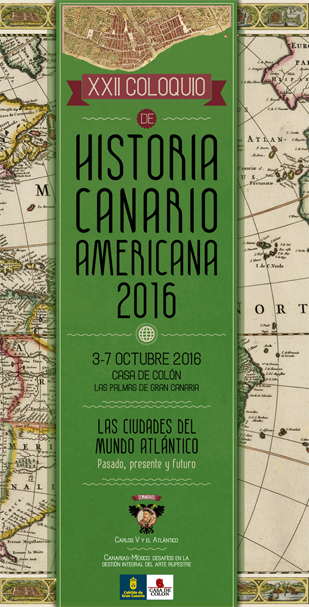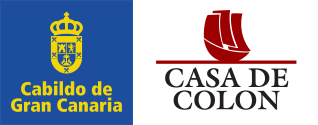Cerámica portuguesa importada a Gran Canaria entre los siglos XVI y XVII / Portuguese pottery imported to Gran Canaria between the 16th and 17th centuries
Resumen
Desde finales del siglo XV comienzan a importarse al archipiélago canario diversas piezas cerámicas procedentes de Andalucía, Castilla y Valencia, destacando en importancia también las que llegaban de Portugal e incluso hay que destacar que algunos olleros de origen luso se asentaron en las Islas. La tipología de estas cerámicas portuguesas era variada: cazuelas, ollas, lebrillos, jarros, jarras, escudillas, platos, cántaros, tallas, palanganas, formas, sinos, etc. En las fuentes escritas (1537-1604) se citan 38.731 formas de azúcar y 17.923 piezas domésticas procedentes de Aveiro. Existe, además, la constatación arqueológica de algunos materiales que se han documentado: formas de azúcar, ollas y búcaros. Por otra parte parece existir una relación entre esta cerámica importada y la realizada a mano en Canarias, que se puede observar tanto en la copia de ciertas vasijas portuguesas (cazuelas, asaderas, braseros…), como en la adopción de términos portugueses (talha, frigideira o fogareiro) que se castellanizaron.
Since the end of the 15th century, various pottery pieces have been imported from Andalusia, Castile and Valencia into the Canary Islands, emphasizing in importance the ones that arrives from Portugal, it should even be noted that some pots of Portuguese origin settled on the islands. The typology of these Portuguese pottery was varied: stewpots, pots, basins, jars, jugs, bowls, plates, amphoras, carvings, washbasins, sugar shapes, signs, etc. In written sources (1537-1604) are cited 41,900 forms of sugar and 17,923 domestic pieces from Aveiro. On one side there is also the archaeological confirmation of some materials that have been documented: sugar forms, pots and vases. On the other hand there seems to be a relationship between the imported ceramic and the handmade in the Canary Islands, which can be notice both in the copy of certain Portuguese pots (stewpots, grills or braziers), as in the adoption of Portuguese terms (talha, frigideira or fogareiro) that which are Castilianized.




